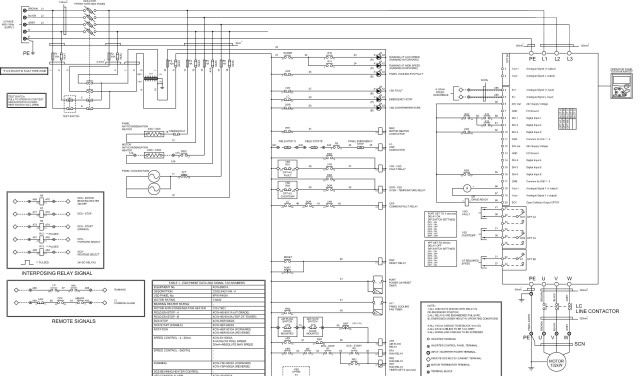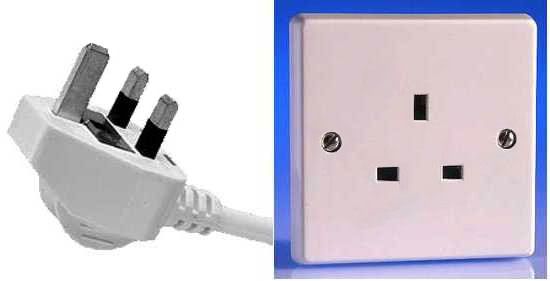fncruz
Member
- Location
- New Providence, NJ
Hi,
I am used to working on electrical enclosures in the US and need help wiring a relay for a valve to be used in Europe. In the US I have the HOT wire (120 VAC) going to one side of the contact. The other side of the contact goes to my valve. I also have a Neutral wire going to the valve. See picture below.

__________________________________________________________________
In Europe there is no Neutral. Instead there are two HOT wires correct?
Does this mean that I need the neutral wire going to the valve to also be on a relay? If not then I would always have 120 VAC, via the second HOT wire, going to the valve.
Thanks.
FC
I am used to working on electrical enclosures in the US and need help wiring a relay for a valve to be used in Europe. In the US I have the HOT wire (120 VAC) going to one side of the contact. The other side of the contact goes to my valve. I also have a Neutral wire going to the valve. See picture below.
__________________________________________________________________
In Europe there is no Neutral. Instead there are two HOT wires correct?
Does this mean that I need the neutral wire going to the valve to also be on a relay? If not then I would always have 120 VAC, via the second HOT wire, going to the valve.
Thanks.
FC


